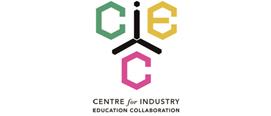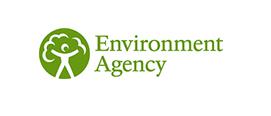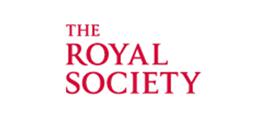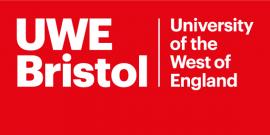Year 4: States of Matter
This list consists of lesson plans, activities and video clips to support the teaching of states of matter in Year Four. It contains tips on using the resources, suggestions for further use and background subject knowledge. Possible misconceptions are highlighted so that teachers may plan lessons to facilitate correct conceptual understanding. Designed to support the new curriculum programme of study it aims to cover many of the requirements for knowledge and understanding and working scientifically. The statutory requirements are that children are taught to:
• compare and group materials together, according to whether they are solids, liquids or gases
• observe that some materials change state when they are heated or cooled, and measure or research the temperature at which this happens in degrees Celsius (°C)
• identify the part played by evaporation and condensation in the water cycle and associate the rate of evaporation with temperature.
Visit the primary science webpage to access all lists.
- ALL
- Teacher guidance
- Video
- Information sheet
- Group work
- Activity sheet
Teacher guidance
Water for Industry
Handy guides and activities on using a thermometer and properties of liquids.
The water cycle
This activity provides the opportunity for pupils to learn about the water cycle by asking them to discuss and think about whether they are drinking the same water as the dinosaurs did, and then think about the concept of recycling. Pupils then work collaboratively to create a model of the water cycle.
Water everywhere - working wall
This resource gives a teacher the materials to be able to create a working wall on the topic of water which they can build and add to over a series of lessons.
How much water do we waste?
This investigation has been designed to make pupils realise how much water they are wasting. The task highlights the importance of teeth brushing and the gets pupils to recreate cleaning their teeth and measure the water wasted during this daily task.
Video
Understanding Reversible Change
This short clip helps children see that chocolate changes from a solid to a liquid when heated and back to a solid when cooled. Children will love seeing how chocolates are made and how the science of changing state has applications in the real world. Making crispy cakes or even chocolates if you are more adventurous is a great activity, which children will enjoy whilst helping them learn more about changing state.
At what temperature does chocolate melt?
This resource provides a set of videos and a practical investigation aimed at supporting experimental science in the classroom and relating it to real world experiences. In the first video Professor Brian Cox joins a teacher to find out how to set up and run an investigation to find out the time it takes for different types of chocolate to melt. In the next video he then joins the class carrying out their investigation. Further videos show Brian Cox visiting a chocolate factory and a factory which produces parts for jet engines to find out more about the melting of different materials and how this can be applied to real world contexts. A written resource guides teachers on how to run the investigation in class.
What Stuff Does
This series of short clips may be used as a starter to introduce children to the properties of solids, liquids and gases.
Melting Moments which begins at 8:41 looks what happens to ice when it is heated.
Rainy days from 9:33 discusses the water cycle and the part played by evaporation and condensation.
Information sheet
Water resources
These fact sheets explore the how fresh water is needed for every part of our lives, and how access to clean water is becoming increasingly difficult with a growing population and changing climate so discovering new supplies and managing water carefully is more important than ever.
Group work
Drama: Solids, Liquids and Gases
The concept of a gas is difficult for young children and one which may take time to develop. Physically representing gas molecules may help them to understand the properties of gases. It can also help them develop an understanding of changing state.
Solid ice which is composed of closely packed molecules is heated and melts to form a liquid in which molecules move around more freely. The liquid water is then heated to boiling point and some molecules change to a gas and float off around the classroom.
This is a fun activity for all children, which could be used as a starter or a plenary with either the whole class or with smaller groups. Children could explain what is happening as they role-play which would help reinforce their learning.
Activity sheet
Selenia in Escaping From Dinosaurs
This colourful comic, which children will love, is an inventive way of introducing an investigation on gases.
Carbon dioxide is a commonly known gas which is used in the production of fizzy drinks. As children will most likely have tried fizzy drinks it is a great experiement which will excite them to understand more about the properties of gases.
Ask children to observe what happens when a sweet is dropped into a fizzy drink. The resulting explosion may be explained as follows: the sweet helps the gas form more bubbles in the drink as the sweet sinks to the bottom of the container so the gas bubbles must rise through the liquid. If there is enough gas trying to escape, it forces some of the liquid (the drink) out of the bottle.
A Question of Cooling
Some good activities and resources linked to heating and cooling.









